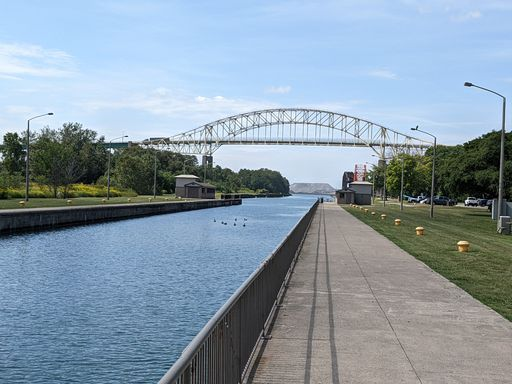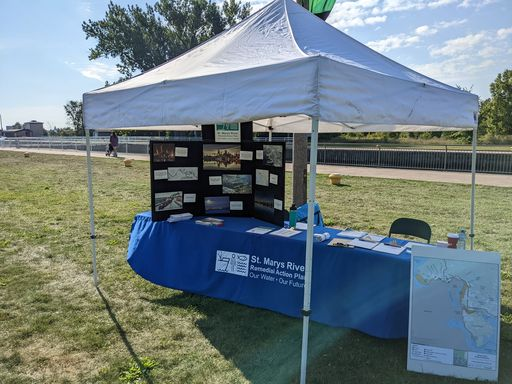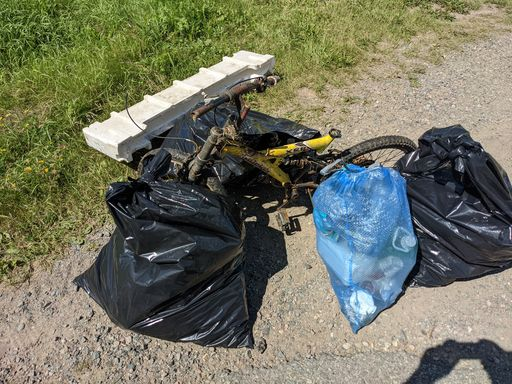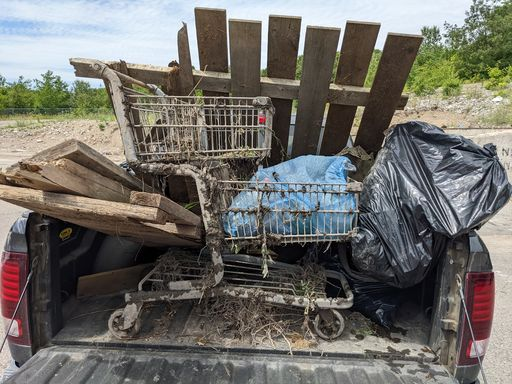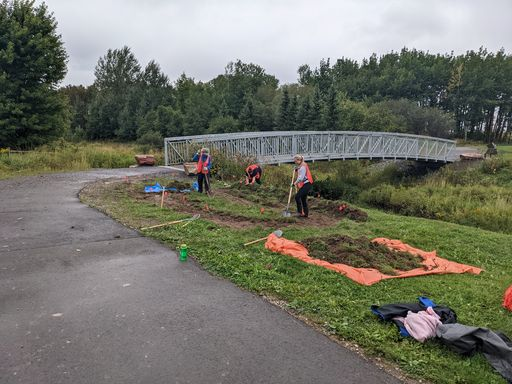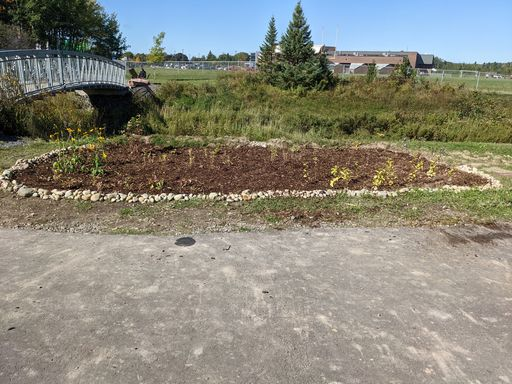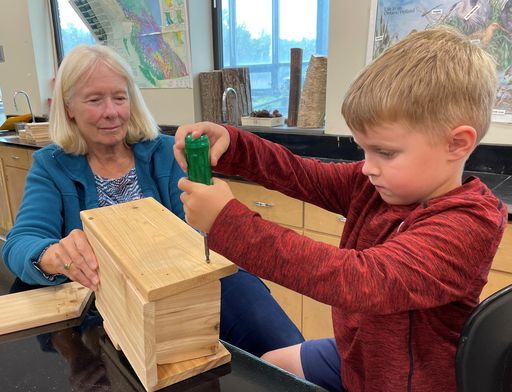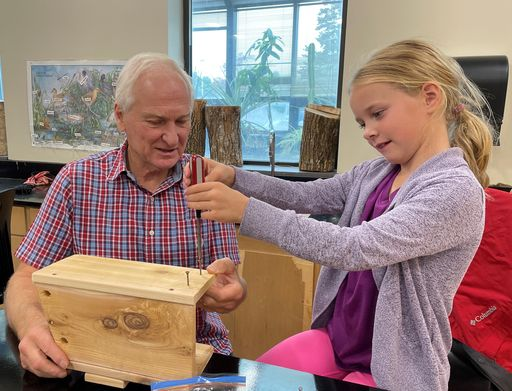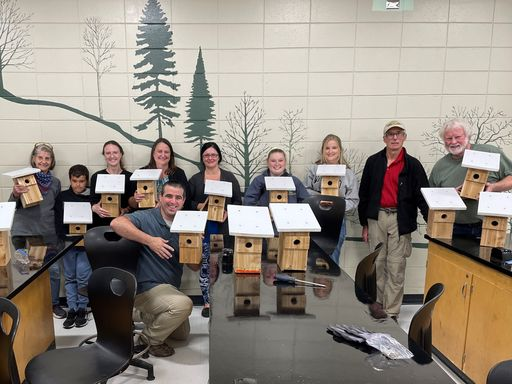
This project focuses on the smaller rivers and streams that feed into the St. Marys River which are defined as tributaries. A visual image of a watershed can be seen below which includes tributaries.

This project will enhance water quality and restore wildlife habitat around manicured flood control channels in Sault Ste. Marie, Ontario. There is a significant need to restore the environment surrounding these channels. What was once natural creek systems have been highly degraded and manipulated by flood infrastructure that was built in the 1970’s. As streamflow enters the flood diversion channels a significant impairment of water quality occurs. Nutrient and contaminant levels likely increase throughout most of the channels due to the lack of vegetation that is needed to take up and absorb the contaminant loadings that come from residential and street surface runoff. In addition, the manicured nature of the system has created an area not suitable for wildlife.
Development in Sault Ste. Marie historically occurred within the lower portion of the watershed, much of which falls within the flood plains. The engineered solution to help control losses resulting from flooding, specifically with the use of flood control channels, has been effective. However, the resulting consequences relating to the maintenance of these channels have resulted in poor water quality, degraded aesthetics, the increased presence of non-native, invasive species, and an overall loss in both with and wildlife habitats.
There are three main objectives of this project which include enhancing water quality, removing invasive plant species, and restoring wildlife habitats. The environmental protection and restoration project will have direct benefits on both the environment and the community in both the short and long term. These main objectives and benefits will be accomplished by implementing the following activities:
- Stream cleanups: Volunteer stream cleanup days will be organized to remove litter and debris from the 5 main diversion channels.
- Benefits: Large amounts of garbage and litter, some hazardous, can pollute the waterways, create unsanitary conditions, harm wildlife, and become breeding grounds for rodents and insects. With help with stream clean-ups, we can address these issues as well as provide clean and attractive areas that the community can enjoy, and wildlife can thrive. Getting the community involved may also lay the groundwork for future waste-reducing efforts and preserving the environment. Over the long term, living in a clean environment makes life healthier, less stressful, and more pleasant.
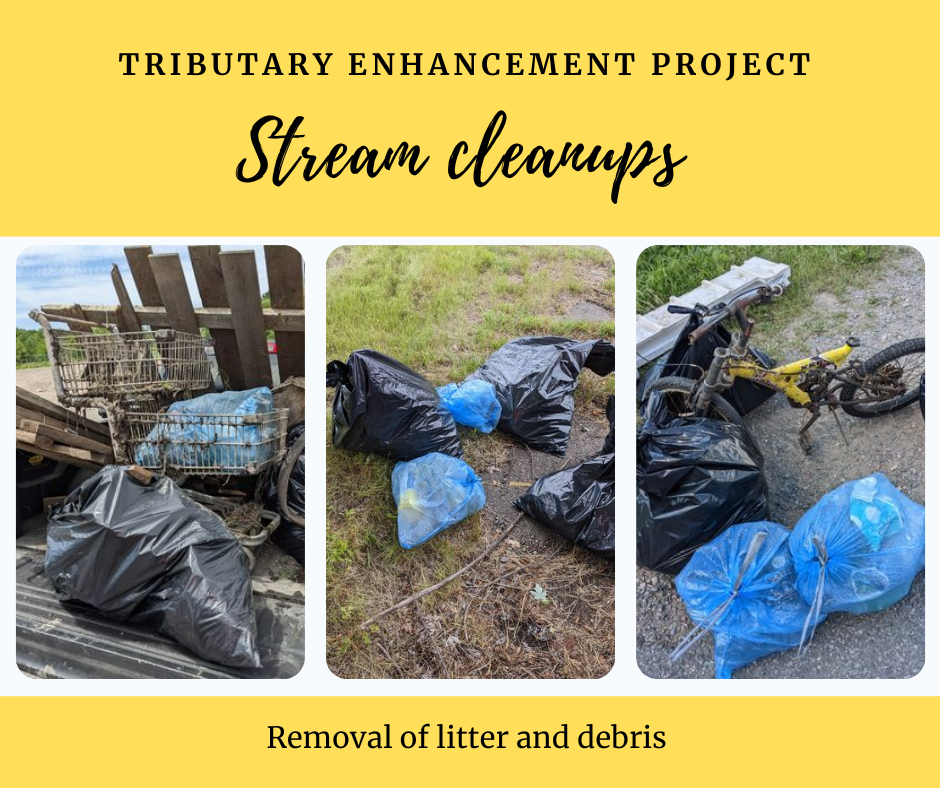
- Invasive species removal: Invasive plant species will be assessed and removed from the 5 main diversion channels. Other key areas where invasive plant species are creating environmental degradation in riparian areas will also be explored for removal including Fort Creek Conservation Area and Bellevue Park situated on the St. Marys River waterfront.
- Benefits: Invasive plants impact species diversity and species richness by competing heavily with resources such as light, moisture, and soil nutrients that native plants require to establish and grow. These changes in species composition may affect wildlife that is adapted to native plant communities. Ultimately, invasive species removal activities can help strengthen the intricate linkages that make ecosystems strong and resilient.
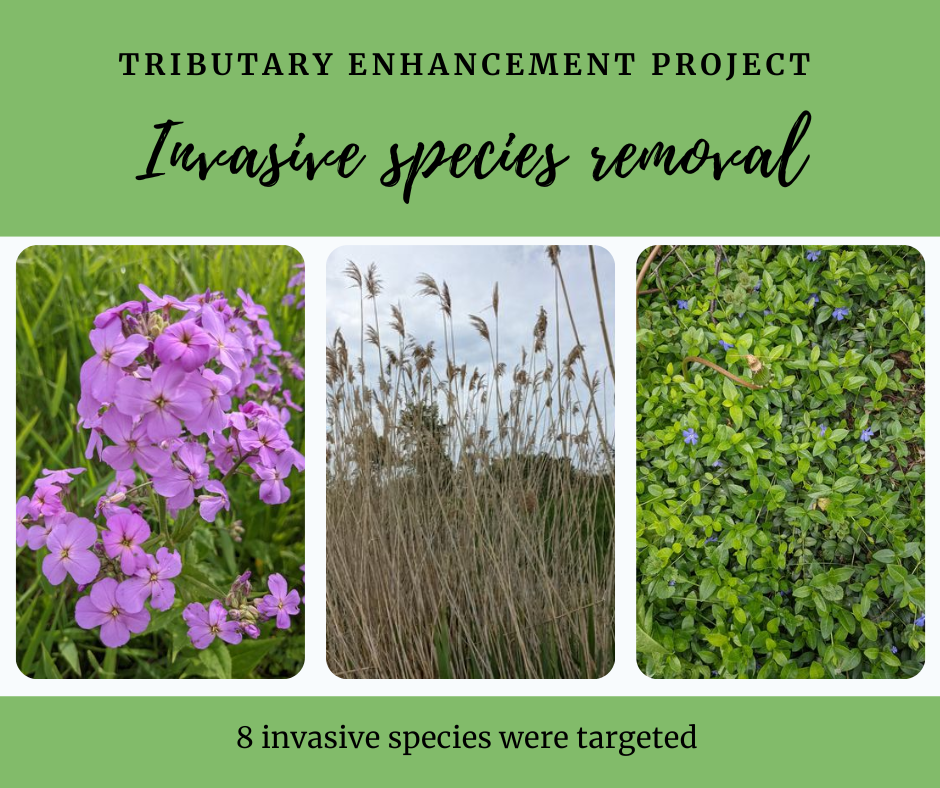
- Rain garden construction: Rain gardens are shallow, sunken gardens that are designed to collect, capture, soak up, absorb, and filter stormwater runoff. Rain gardens will be constructed in areas that do not impede flood control maintenance, such as the outer flood boundaries of the channels. Emphasis will be placed on areas where runoff occurs at times of high rain events.
- Benefits: Rain gardens can help prevent runoffs during storm events which keep contaminants from entering the flood control channels and ultimately the St. Marys River. They reduce flooding by providing storage for flood water and help prevent ditches, sewers, and creeks from being overwhelmed. They improve water quality by filtering pollutants such as fertilizers, oil, and sediments. Rain gardens are aesthetically pleasing to look at which can provide value to a community. They can also attract pollinators such as butterflies to an area.
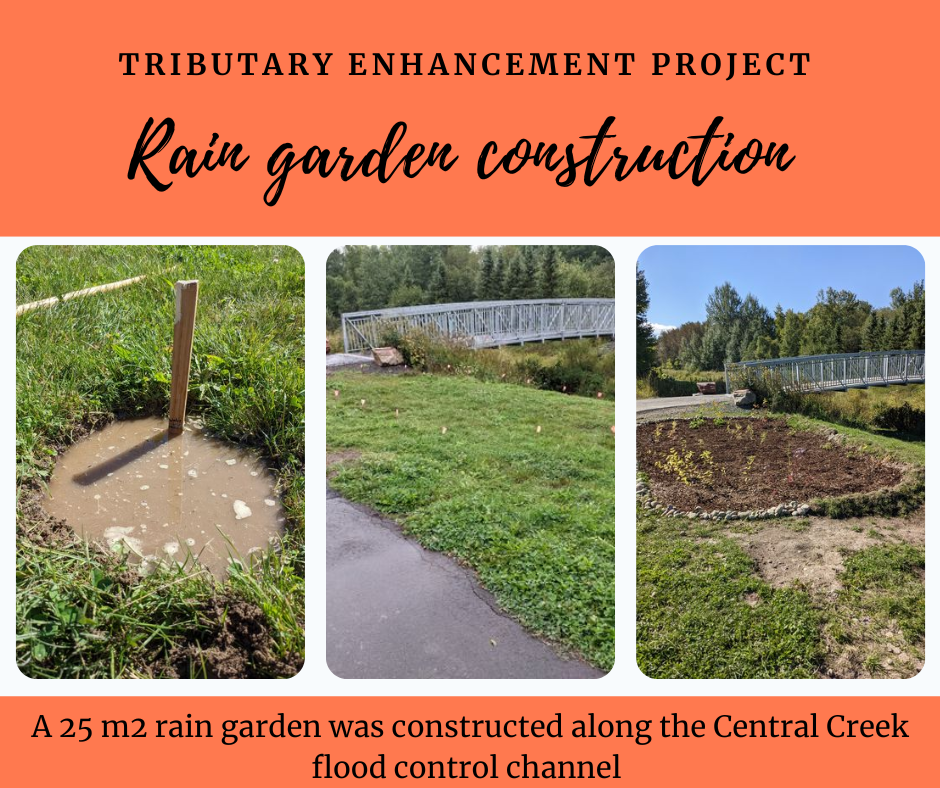
- Habitat restoration: Creation of edge habitat and/or artificial nesting structures (nest boxes) in areas that do not impede flood control maintenance, such as outer flood boundaries.
- Benefits: This restoration will include removing many weed volunteer trees and adding some plugs, shrubs, and seeds to cleared areas to support wildlife habitat. The goal will not be to re-create high-quality native ecosystems, but rather to improve upon man-made environments by intentionally integrating native species that support songbirds. Creating nesting boxes for cavity-nesting birds can help reverse the trend of declining populations.
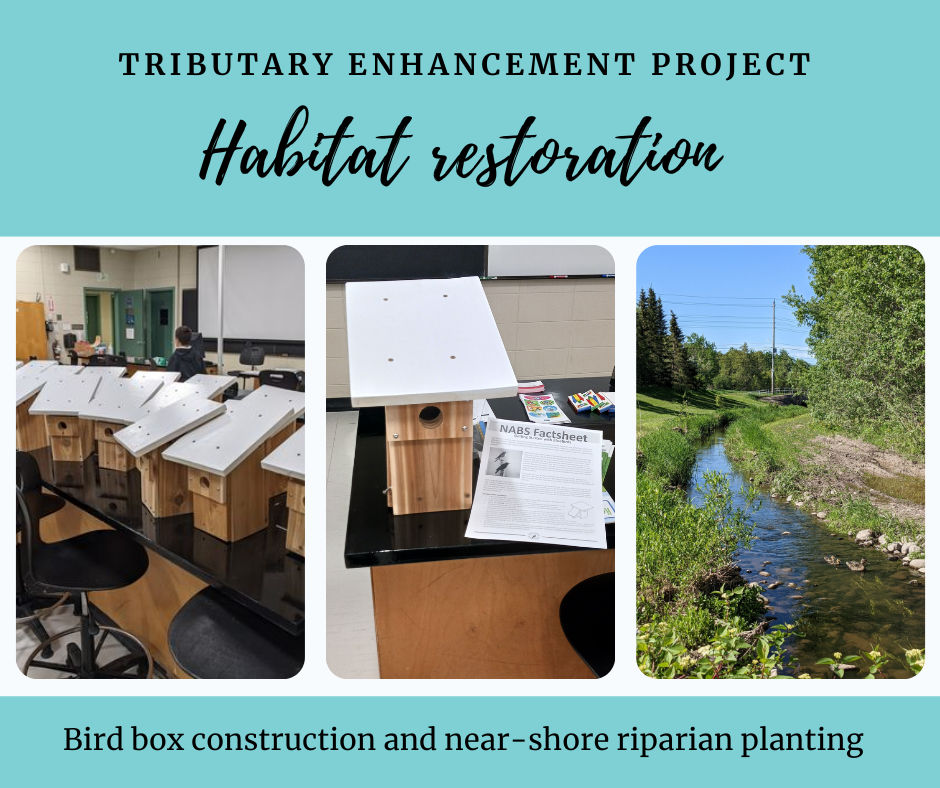
It is important to recognize the importance of flood control, especially considering the unpredictable nature of today’s climate. This project is important because it will help to restore and create a sustainable edge habitat that will benefit local wildlife, remove invasive species that threaten native biodiversity, and help improve overall water quality.
For more information please contact: John Rankin, Project Manager: john.rankin@algomau.ca
This project is funded by the Ontario Community Environment Fund.
